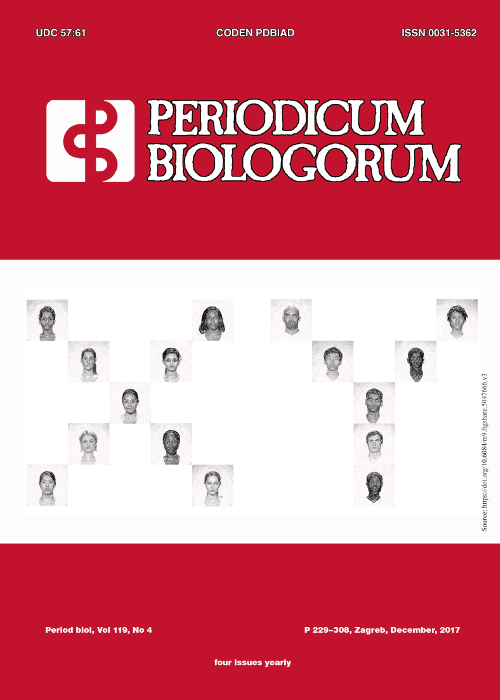Occurrence of invasive alien plant species in the floodplain forests along the Mura River in Slovenia
DOI:
https://doi.org/10.18054/pb.v119i4.4933Abstract
Background and purpose: The objectives of our study were to identify invasive alien plant species (IAS) in the main Natura 2000 forest habitat types (FHT) along the Mura River in Slovenia, and to estimate their abundance and cover. The aim of our study was to find out a) What kinds of IAS appear in the research forests? b) What is their frequency and cover percentage? c) Are individual IAS more attached to some FHT than others? d) What is the correlation between the cover of IAS and the tree layer cover?
Materials and methods: We analysed the fidelity of invasive plant species to individual FHT. The studied FHTs along the Mura River were following: 91E0* (Alluvial forests with Alnus glutinosa and Fraxinus excelsior), 91F0 (Riparian mixed forests of Quercus robur, Ulmus laevis and Ulmus minor, Fraxinus excelsior or Fraxinus angustifolia, along the great rivers) and 91L0 (Illyrian oak-hornbeam forests). Two forest areas of about 600 ha were studied in total.
Results: 16 IAS were recorded in studied FHTs. Some species, like Robinia pseudacacia, Impatiens glandulifera, I. parviflora, Fallopia japonica (incl. F. x bohemica), Erigeron annuus, Ambrosia artemisiifolia, Amorpha fruticosa, Conyza canadensis and Juncus tenuis occur only in one or two FHTs, while some species can be found in all studied FHTs (like Solidago sp.). We have found that the most threatened forests are those with prevailing Salix alba, Alnus glutinosa, Fraxinus angustifolia and Ulmus laevis, tree species, which grow closest to the river and on the wettest sites.
Conclusions: The increasing presence of IAS in the study areas seriously affect natural regeneration, stability, and continuity of floodplain FHTs. Therefore, some measures and guidelines for managing of these forests are suggested in this study.
Downloads
Additional Files
- Untitled
- Figure 1: Position of the Mura River in Slovenia and two locations of our research areas Gornja Bistrica and Murska šuma.
- Figure 2: Percentage cover of all recorded IAS (a), number of IAS (b) and canopy cover of the highest tree layer T1 in the individual FHT (c), showing that increasing of canopy closure reduces the number and coverage of IAS.
- Figure 3: The most frequent IAS in the research area presented according to forest habitat type (91E0 - Alluvial forests with Alnus glutinosa and Fraxinus excelsior, 91F0 - Riparian mixed forests of Quercus robur, Ulmus laevis and Ulmus minor, Fraxinus ex
- Figure 4: Correlations between canopy cover of the upper tree layer (T1) of forest stand and coverage of the most frequent individual IAS.
- Table 1: List of invasive alien species and their frequency recorded on the research plots in Gornja Bistrica and Murska šuma in 2015.
Published
Issue
Section
License
The contents of PERIODICUM BIOLOGORUM may be reproduced without permission provided that credit is given to the journal. It is the author’s responsibility to obtain permission to reproduce illustrations, tables, etc. from other publications.


